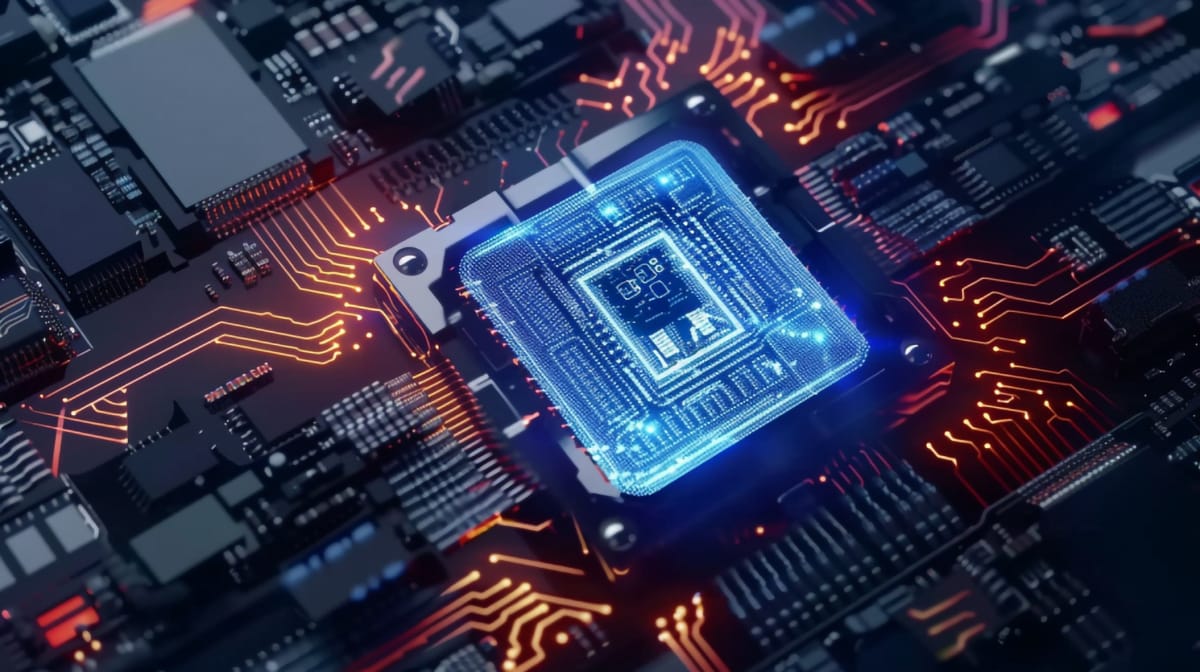Secure Elements in Hardware Wallets

When it comes to self-custody, hardware wallets have become one of the most popular ways to secure and manage Bitcoin. This is because they offer an accessible way to get your Bitcoin into cold storage. Cold storage refers to keeping your Bitcoin private keys offline, thus greatly reducing the risks of hacks, malware, and other online threats that could lead to the loss of your Bitcoin.
Hardware wallets are designed to be user-friendly, making them accessible even to those who are not technically inclined. Popular brands include ColdCard, Trezor, Foundation, Ledger, and more. By providing an additional layer of security, hardware wallets have become an essential tool for anyone looking to take full control of their Bitcoin.
What Are Secure Elements in Hardware Wallets?
A Secure Element (SE) is a tamper-proof and hacking-resistant chip used in hardware wallets to provide an additional layer of security for your private keys. This specialized hardware protects your Bitcoin from a variety of threats including both software and physical attacks. Should your hardware wallet fall into the wrong hands, the Secure Element ensures unauthorized access to your private keys is extremely difficult, if not impossible.
Secure elements are designed to resist a wide range of attack vectors, including side-channel attacks, fault attacks, or physical tampering. By integrating Secure Elements, hardware wallets significantly elevate their security standard. However, these chips are not unique to hardware wallets, they are widely used in other security-sensitive applications, including credit cards, passports, and SIM cards. Their proven effectiveness in these domains underscores their reliability in protecting Bitcoin.
What does Secure Element do?
The purpose of a Secure Element chip is to provide an added layer of protection for your private keys, safeguarding them from both software and physical attacks. For users, the key benefit of a Secure Element is the enhanced security it provides, making it an essential feature to look for when deciding what hardware wallet may be best for you.
Choosing a Hardware Wallet
When choosing a hardware wallet, it is essential to consider your security needs, budget, and compatibility with your preferred software and services. For instance, if you prioritize top-tier security, look for wallets with a Secure Element chip. Examples of SE-equipped hardware wallets include the Ledger Nano X, ColdCard Mk4, Foundation Passport, Trezor Safe 3, Bitbox02, and more. You can view a complete list and more information on how to choose the best hardware wallet for you in our Best Bitcoin Hardware Wallet guide.
However, not all hardware wallets come with a Secure Element. For example, the Trezor Model One does not have a Secure Element chip, but may still be a suitable option depending on your use case. Hardware wallets without Secure Element chips can be more cost-effective, and when used as part of a multisig setup, as we offer at Theya, can effectively remove the device as a single point of failure and maintain a high level of security.
For users of Theya, here are some compatible hardware wallets with Secure Elements:
- ColdCard Mk4
- Foundation Passport
- Ledger Nano X
- Ledger Nano S
- Trezor Safe 3
